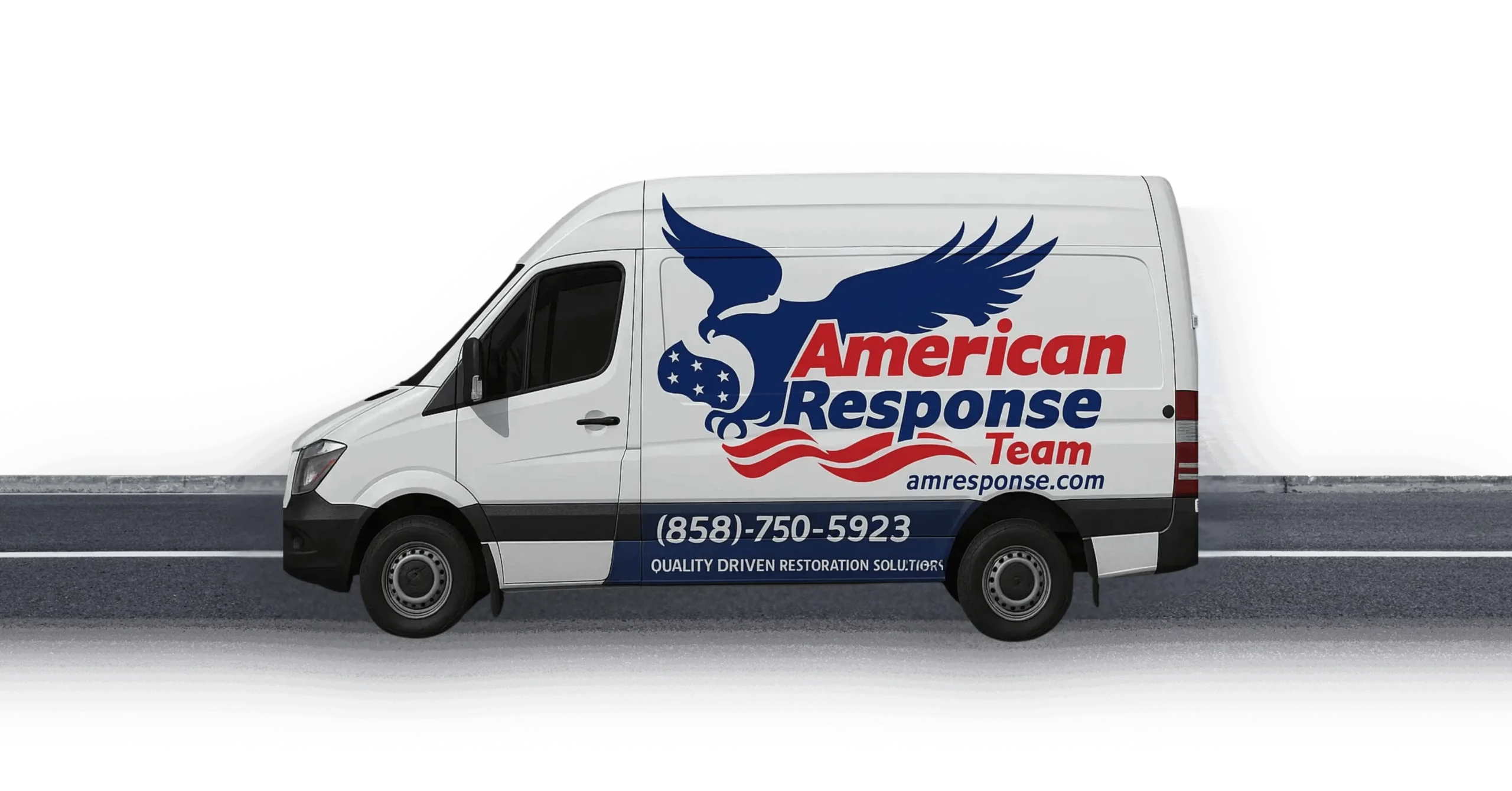Your home or investment property is more than just four walls. It’s a reflection of your taste, comfort, and security. When you think about protecting it, “early water leak detection and prevention strategies” might not be your first topic of conversation. Still, spotting problems before they escalate can save you thousands of dollars in repair bills, especially for high-end properties with custom finishes or priceless artwork. Whether you manage a luxury estate or a modest family home, knowing how to catch leaks early is essential for preserving both your peace of mind and your wallet.
Below, you’ll find a complete guide to help you recognize potential trouble spots, set up safeguards, and respond effectively if a leak appears. We’ll also touch on special considerations when your property features top-tier materials, one-of-a-kind décor, and high-value contents. Let’s get started.
Recognize the Risks
Water damage isn’t a small-scale nuisance. If left unresolved, leaks can lead to mold growth, fire hazards (through electrical short circuits), or even sewage-related complications when pipes are compromised. And let’s face it: once water seeps into flooring, drywall, or insulation, the real pain begins—both in terms of structural damage and the money required to fix everything.
For homes featuring custom wood paneling, marble floors, or hand-painted murals, the stakes are much higher. Water can warp hardwood floors, discolor specialty wallpaper, or ruin expensive trim. If you have antique furniture or valuable artwork displayed, leaks can spell disaster in just a matter of hours. The last thing you want is to discover your prized possessions soaked through because of a dripping pipe under the sink.
-
Mold hazard: Even clean water can breed mold if left undetected. This can affect your indoor air quality and lead to allergies or respiratory issues.
-
Hidden damage: Water might travel behind walls or under floors, masking the signs until it’s too late.
-
Structural complications: The longer a leak persists, the more it compromises the framing, beams, and even the foundation of your building.
According to the Environmental Protection Agency (EPA), even a single leak can waste nearly 10,000 gallons of water annually. That’s water damage — and cost — you can avoid.
Check Common Leak Sources
When was the last time you peeked under your sinks or glanced at your ceiling corners for unusual stains? Water leaks often begin in places we don’t inspect regularly, but taking a few minutes every month to do a quick check can save you from nasty surprises.
Typical culprits include:
-
Plumbing fixtures – Showerheads, faucets, and toilet supply lines can develop slow drips.
-
Roofs and skylights – Missing shingles or cracked seals may let rainwater travel far from the source before it appears. Learn more about roof-related leak detection.
-
HVAC systems – Drip pans or clogged coils can overflow and silently soak walls or ceilings.
-
Irrigation or pool equipment – Sprinkler systems or pool pumps often leak underground, creating hidden risks.
A monthly inspection routine can go a long way. Look for discoloration, listen for dripping when fixtures are off, and monitor your water bill for sudden spikes. If caught early, even concealed leaks may not require major water damage restoration.
Set Up Detection Measures
Recognizing the hidden signs of trouble is important, but installing modern detection devices takes your home protection a step further. These systems can alert you in real time, giving you the power to act before a small issue becomes a disaster.
Tools for Advanced Leak Detection
If you’re ready to step up your game, consider investing in:
-
Smart leak sensors – Wi-Fi enabled, these small gadgets notify you of moisture or humidity spikes.
-
Thermal imaging cameras – Used by professionals during mold inspections, they spot cold or damp spots behind walls.
-
Flow meters – These measure water flow and detect inconsistencies that may indicate a leak.
Using a combination of hardware and routine checks ensures you catch issues early — before they require full reconstruction services.
Protect Valuable Materials
High-end properties come with unique challenges: custom finishes, rare materials, and irreplaceable pieces. When water seeps into these features, restoration costs skyrocket.
Tips to reduce risk:
-
Sonic alerts near artwork – Place moisture sensors behind or near fine art.
-
Elevated storage – Keep antiques and electronics off the ground.
-
Waterproof coatings – Apply sealants to wood or stone (like marble) to prevent moisture absorption.
Restoration for these materials must be handled with care. Professional teams experienced in luxury homes know how to dry without damaging finishes or dislodging ornate trim. And in extreme cases, restoration of fine art may require an art conservator — a step worth considering when the value is sentimental or historical.
Manage Insurance Coverage
Insurance for high-value homes is often more complex. Many standard homeowner policies won’t cover gradual leaks or resulting mold damage unless you have special endorsements.
Before water damage hits, ask your provider:
-
Do they cover slow leaks or just sudden bursts?
-
Does your policy include overflow events, like a washing machine malfunction?
-
Do you need a personal articles floater for expensive art or heirlooms?
Tip: Some insurers offer policy discounts if your home is equipped with leak detection or shutoff devices. These small upgrades can lower premiums and increase peace of mind. FEMA also offers guidance on how to reduce water damage risk in vulnerable homes.
Take Action After Detection
Imagine walking into your laundry room to find water pooling on the floor — or getting a sensor alert while you’re on vacation. Here’s what to do:
-
Shut off the water – Turn off your main valve or the appliance’s shutoff.
-
Cut the power – If water is near outlets, flip the breaker and consult an electrician.
-
Move valuables – Protect electronics, photos, and fragile items.
-
Document the damage – Take clear photos or video for your insurer.
-
Call professionals – Water damage specialists will identify the source, dry the space, and begin safe cleanup.
Specialized Restoration for Luxury Homes
Not all water damage restoration teams are equal. Homes with exotic wood floors, marble countertops, or antique moldings require:
-
Gentle dehumidification – Avoiding rapid drying that causes cracking.
-
Airflow control – Precision fans that preserve finishes.
-
Moisture mapping – Detecting hidden pockets of water under floors or inside walls.
-
Conservation partnerships – Art and textile experts can preserve irreplaceable items.
This level of care ensures your property is returned to its original condition — without further damage from overzealous restoration tactics.
Final Thoughts
Dealing with water damage doesn’t have to be a nightmare — especially when you’re prepared. Routine inspections, smart devices, and insurance that matches your home’s value make a huge difference.
If your property features premium finishes or one-of-a-kind treasures, early water leak detection and prevention strategies aren’t just smart — they’re essential.
Need Expert Help? Contact American Response Team
Whether you’re dealing with a suspected leak, want a moisture inspection, or need immediate cleanup services, contact American Response Team today. We specialize in high-end property protection and offer 24/7 service for leak detection, water damage, mold, and full restoration. Let’s help you keep your home dry, beautiful, and safe — now and for years to come.

